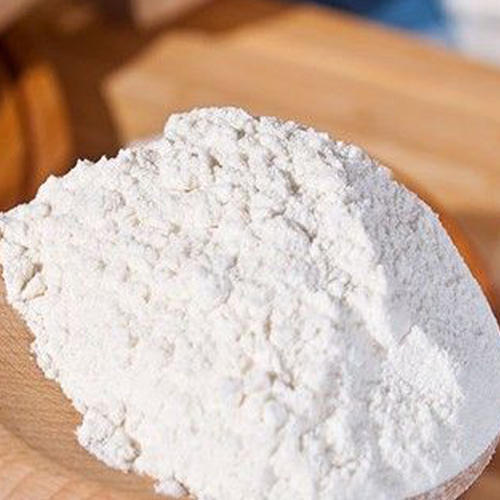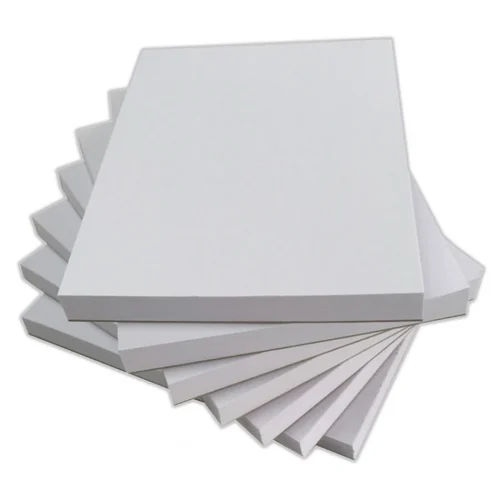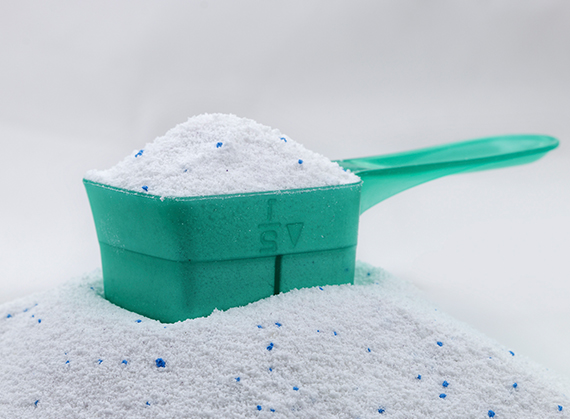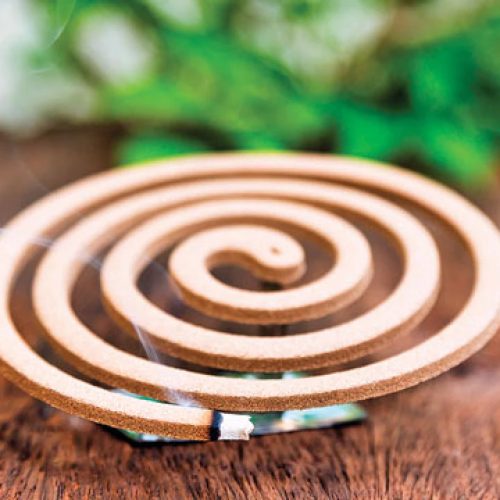Sodium Carboxymethyl Cellulose ( CMC)

Sodium Carboxymethyl Cellulose ( CMC)
Sodium CMC is an anionic water-soluble polymer derived from purified cotton linter or wood pulp, adopting the procedure of alkalized and etherized, washing, recycling, drying and fracturing. Available in number of grades and viscosity types with wide application. It is odorless, tasteless, non- toxic powder, highly soluble in both hot & cold water. It is stable to hard water, alkalis, acids and certain electrolytes. The solution of SCMC has better resistant for microbiological attack than many natural products. Sodium CMC is used as a highly effective additive to improve the product and processing properties in various fields of application – from foodstuffs, cosmetics and pharmaceuticals to products for the paper and textile industries. Sodium Carboxy methyl Cellulose Gum is used as stabilizer, binding, thickening, emulsifying, absorbing or retaining water in technical applications)

Paints
As a protective colloid, Sodium carboxymethyl cellulose (CMC) will heighten stability of emulsion polymerization system to evenly scatter the additive of pigment and filler etc. into painting so as to impart it will good pigment adhesion effect. Sodium Carboxymethyl Cellulose can evidently improve the viscosity of painting latex, anti-splash and sag resistance of painting in order for enhancing the workability of painting.

Food Stuff
Sodium Carboxymethyl cellulose (CMC) is now a commonly used food ingredient to absorb and hold water, control crystal growth, thickener, stabilizer, tenacity, dispersing agent, binder, film- forming agent, in food and beverage processing- such as ice cream, juice, fruit jam, dairy products, beer, yogurt, lactic acid drinks, bakery products, wine, sauces, seasoning, watery components, bind other elements, to increase the shelf life of the food item.

ToothPaste
Sodium Carboxymethyl Cellulose (CMC) can be easily dissolved in cold or hot water easily and is widely used in toothpaste as a thickening agent which can help in keeping up the right consistency and texture to the product, to give toothpaste the molding flow, proper viscosity and a certain brightness as well as delicateness. Moreover it also works in binding the other compounds of the toothpaste with an excellent ability of salt tolerance and acid resistance.

Pharmaceuticals
Sodium carboxymethyl cellulose (NaCmc) is the sodium salt of carboxymethyl cellulose, an anionic derivative that can be used as emulsifiers suspending agents capsule disintegrates, and viscosity increasers. Low and high viscosity CMCs have been used in oral liquid (oil emulsions, suspensions, solutions) and topical (creams, gels) formulations in compounding pharmacies.

Ceramics
In ceramics, CMC gums are used to harden unfired ceramic glazes (cement the particles together) so that the ware can be handled more safely. The addition of gum to highly fritted glazes (lacking clay content) used in production settings is quite beneficial. Gum can operate as a suspending agent since it thickens the slurry.

Cosmetics
Sodium Carboxymethyl Cellulose (CMC)is utilized in a variety of personal care products. Its good binding, thickening, and stabilizing capabilities are employed in a variety of cosmetic products, creams, and lotions. Shampoos, hair care products, and grooming aids (non-coloring) Lotions and creams Preparations for cleaning the skin (cold creams, lotions, liquids and pads). Preparations for moisturizing skin care.

Paper Making
Sodium Carboxymethyl cellulose is used as paper gluing agent to provide paper with high compatibility, fine anti-ink osmosis and high was gathering capability. Sodium Carboxymethyl cellulose can help control paste flowing for paper and during paper variegation, increases paper strength and fold-resistance and improve stickiness in paper cellulose.

Textile
Sodium Carboxymethyl Cellulose (CMC) can be used as printing material for dyeing industry and it can improve the force of hydrophilic and osmosis of dye material, making the dyeing uniform and less chromatism. Sodium Carboxymethyl Cellulose used as the thickener in the textile printing paste. It has excellent anti-acid and anti-salt properties. The viscosity of CMC is stable after making up the thickener and printing paste, and it can fully replace high-quality alginate.

Oil Drilling
CMC can be used as fluid loss reducer or viscosities in drilling fluids. The function of CMC is to reduce the fluid loss as much as possible through forming low permeability, flexible, thin and compact filtration cake on borehole wall. Strong capability of carrying crumbs, restraining the dispersion of the clay, reducing the speed of pulp yield by clay, stabilizing the well wall and effectively increasing the drilling rate. Used as thickening agent, suspension agent and plugging agent. Easily disperse in water based drilling fluid.

Welding Electrodes
Sodium Carboxymethyl Cellulose (CMC) used as a binding agent to fix the metal powder to the welding wire. CMC is used as adhesive for improving workability and increasing welding rod surface smoothness and flux adhesion. It improves the welding properties of the electrodes if used in the coating. GOLONG™ CMC burns completely during baking, therefore the welding process remains unmodified.

Detergent
Sodium Carboxymethyl Cellulose (CMC) used in liquid, paste detergents, acts as stabilizing agent and thickening agent. Sodium Carboxymethyl Cellulose (CMC) can effectively prevent washes from becoming contaminated after being washed by synthetic detergent when it used in detergent powder. Add 0.5-2percent only. You can get satisfactory result.

Mosquito Coils
Sodium Carboxymethyl Cellulose can uniform bonding between the components together to replace the elm powder, has good shape and smooth surface to facilitate forming properties. Sodium Carboxymethyl Cellulose (CMC) can enhance the resilience of mosquito coils, mosquito coils is not easy to break. Sodium Carboxymethyl cellulose can make mosquito coils components good efficacy even released.

Tobacco
Sodium Carboxymethyl Cellulose (CMC) for cigarettes features high purity and fine particle size, suitable for tobacco processing. Sodium Carboxymethyl Cellulose (CMC) can improve the wet tack and film strength of tobacco. The tobacco treated with Sodium Carboxymethyl Cellulose (CMC) produces no foreign odor when burned. The ash is grayish white. It dissolves fast and can achieve the desired viscosity in a short time.